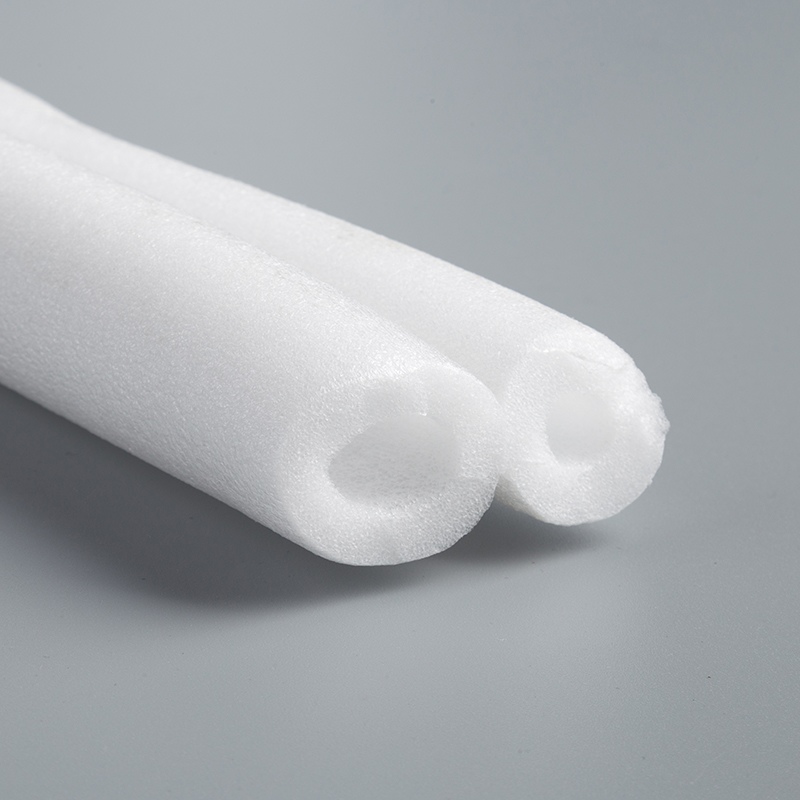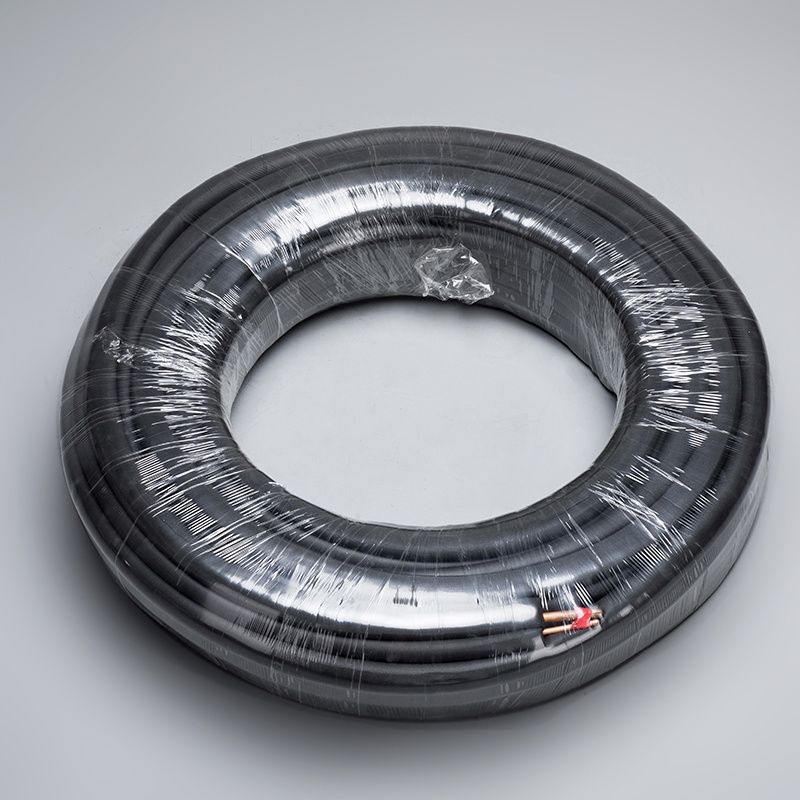How to Accurately Measure Copper Pipe Size

Accurately measuring copper pipe size is essential for ensuring proper installation and optimal performance across various applications. In this guide, we’ll explore how to measure copper pipe size accurately to achieve the best results. Copper pipes are widely used in plumbing, heating, and cooling systems due to their exceptional durability, excellent conductivity, and resistance to corrosion. Tools such as measuring tapes, calipers, and pipe sizing charts are indispensable for obtaining precise measurements. Utilizing these reliable tools minimizes errors and guarantees the correct fit for your projects. Understanding the process of accurate measurement not only improves efficiency but also helps reduce material waste, making your work more effective and sustainable.
Write a 'Guide' blog post on 'How to measure copper pipe size accurately'

Understanding Copper Pipe Sizes
Nominal vs. Actual Pipe Size
Nominal pipe size refers to a standardized designation used in pipe specifications. The nominal size does not represent the actual physical dimensions of the pipe. For copper pipes, the nominal size is typically smaller than the actual outside diameter. For example, a copper pipe with a nominal size of 1/2 inch often has an outside diameter of approximately 5/8 inch. This distinction ensures consistency across manufacturing and installation processes.
The relationship between nominal size and outside diameter serves as a benchmark for engineers and contractors. This standardization simplifies compatibility checks and ensures proper operation in piping systems. Understanding this difference helps avoid errors during pipe selection and installation.
Types of Copper Pipes
Copper pipes are categorized into different types based on their thickness and intended use. The most common types include Type K, Type L, and Type M. Type K pipes have the thickest walls and are suitable for underground installations. Type L pipes are commonly used in residential plumbing and heating systems due to their moderate wall thickness. Type M pipes, with thinner walls, are often used for light-duty applications.
Each type of copper pipe features unique markings that indicate its classification. These markings help users identify the pipe type and ensure suitability for specific projects. Proper identification of pipe types enhances efficiency and reduces the risk of using incompatible materials.
Tools Required for Measuring Copper Pipes
Measuring Tape
A measuring tape provides a quick and straightforward method for determining pipe dimensions. To measure the outside diameter, place the tape across the end of the pipe and record the measurement. For accurate results, ensure the tape lies flat and aligns with the widest point of the pipe.
Caliper
A caliper offers precise measurements for both the outside and inside diameters of copper pipes. Position the caliper's jaws around the pipe's exterior to measure the outside diameter. For the inside diameter, insert the caliper's tips into the pipe's opening and expand them until they touch the inner walls. Calipers are especially useful when working with small or hard-to-reach pipes.
Pipe Sizing Charts
Pipe sizing charts provide a reference for matching measured dimensions to standardized pipe sizes. These charts list nominal sizes alongside corresponding outside and inside diameters. Using a chart ensures accurate identification of pipe sizes and simplifies the selection process for various applications.
Step-by-Step Guide to Measuring Copper Pipe Size
Measuring the Outside Diameter (OD)
To measure the outside diameter, use a measuring tape or caliper. Place the tool across the widest part of the pipe's end. Record the measurement in inches or millimeters. Ensure the tool remains perpendicular to the pipe for accurate results.
Measuring the Inside Diameter (ID)
To measure the inside diameter, use a caliper. Insert the caliper's tips into the pipe's opening. Expand the tips until they touch the inner walls. Record the measurement displayed on the caliper. Accurate inside diameter measurements are essential for selecting compatible fittings.
Using Pipe Sizing Charts
After obtaining the outside or inside diameter, consult a pipe sizing chart. Locate the measured value on the chart to determine the nominal size of the copper pipe. The chart also provides information about the pipe's type and recommended applications. Using a chart streamlines the process of identifying and selecting the correct pipe size.
Tips and Best Practices
Double-Checking Measurements
Double-checking measurements ensures accuracy and prevents errors during pipe selection. Measuring tools, such as a caliper or measuring tape, should be used to verify dimensions multiple times. Each measurement should be taken at different points along the pipe to account for any irregularities in shape or wear. Consistency in measurements confirms the reliability of the recorded data.
A pipe sizing chart can serve as a reference to validate the recorded dimensions. Cross-referencing measurements with the chart helps identify the nominal size and ensures compatibility with fittings or systems. The relationship between nominal pipe size and actual outside diameter simplifies this process. This practice minimizes material waste and improves project efficiency.
Maintaining Measuring Tools
Proper maintenance of measuring tools preserves their accuracy and extends their lifespan. Measuring tapes should be stored in dry environments to prevent rust or damage. Calibration of calipers should be performed regularly to ensure precise readings. Cleaning tools after each use removes debris that may affect performance.
Storage in protective cases safeguards tools from physical damage. Regular inspections of tools can identify wear or defects early. Reliable tools contribute to accurate measurements and enhance the quality of work. Maintenance practices also reduce the need for frequent replacements, saving costs over time.
Accurate measurement of copper pipe size ensures proper functionality in plumbing, heating, and cooling systems. The use of tools like measuring tapes, calipers, and pipe sizing charts simplifies the process and reduces errors. Understanding nominal and actual sizes improves material selection and installation efficiency. Consistent practice with measurement techniques enhances precision over time. Refining skills in pipe measurement supports better project outcomes and minimizes waste. A reliable resource to learn more is to write a 'Guide' blog post on 'How to measure copper pipe size accurately'.
See Also
The Complete Guide to Accurately Measuring Copper Pipe Size
Simple Techniques for Measuring Copper Pipe Like an Expert
Step-by-Step Instructions for Measuring Copper Pipe Successfully


